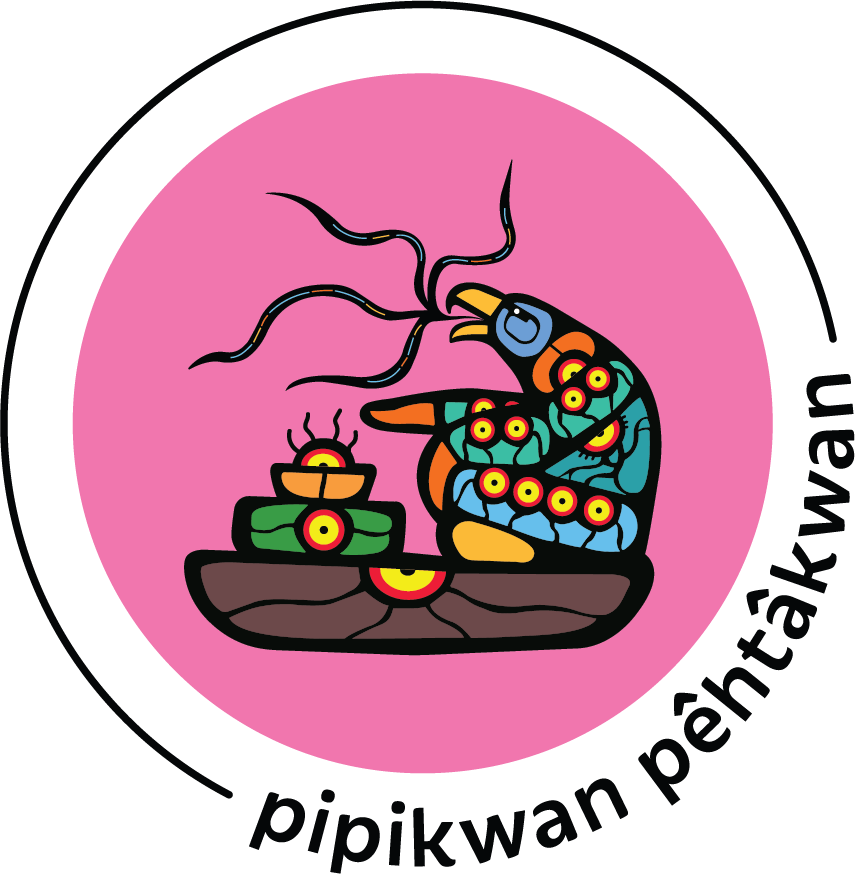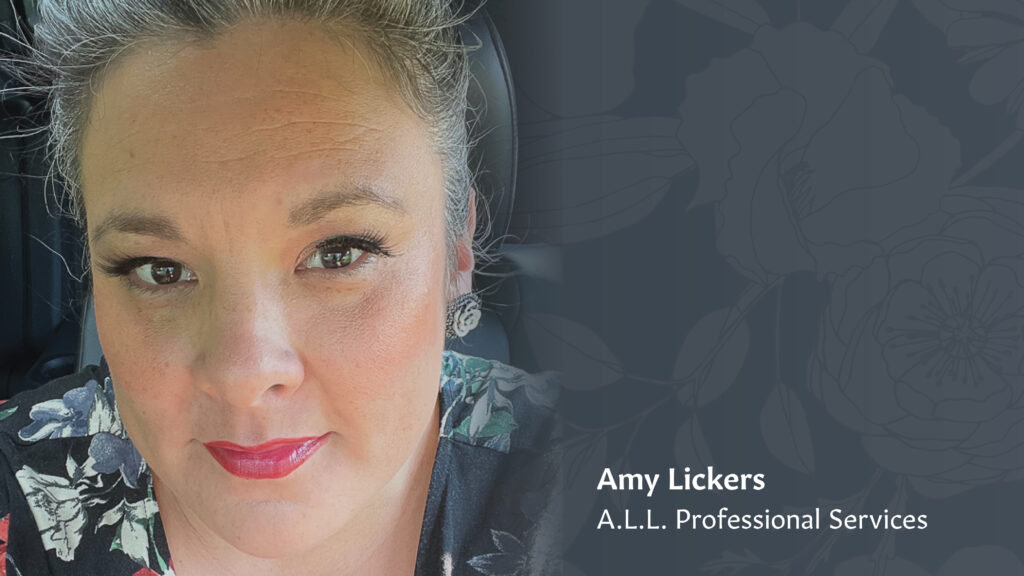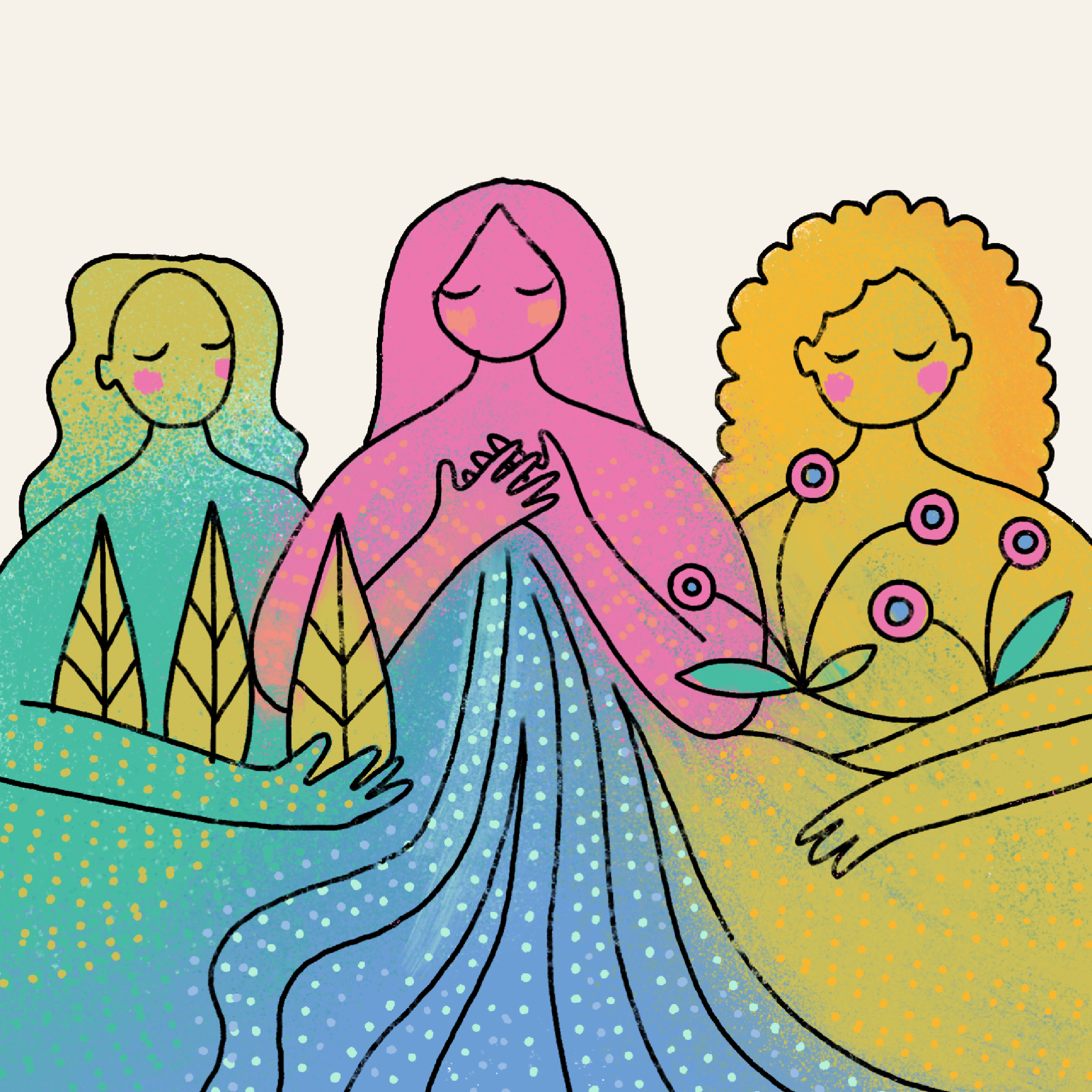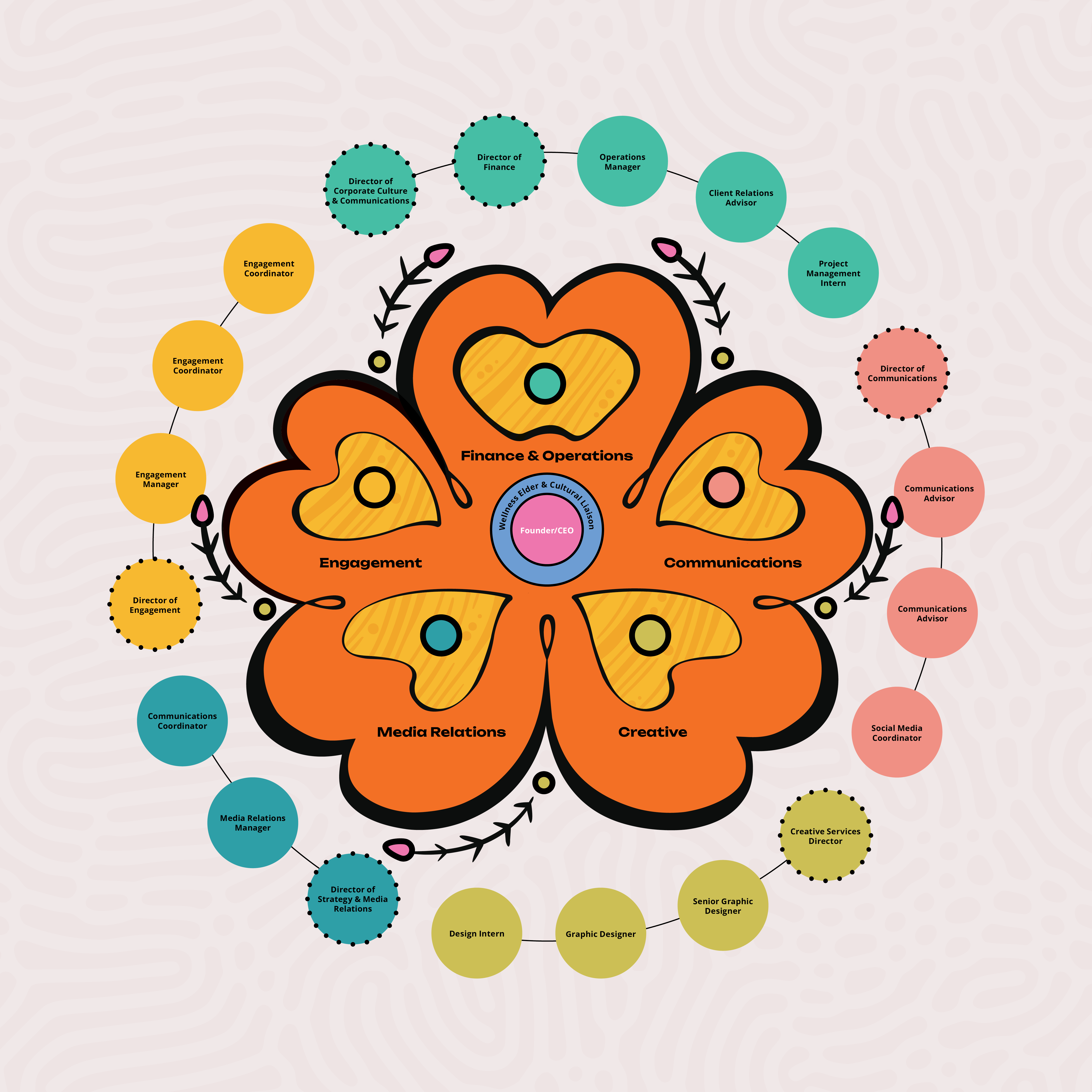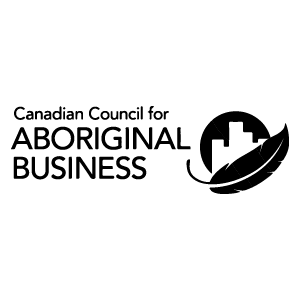An interview with Amy Lickers, A.L.L. Professional Services
We are celebrating National Indigenous History Month by highlighting some of the Indigenous Peoples and organizations that have and continue to make history. We talked to Amy Lickers, an entrepreneur making history for Indigenous Peoples in her community and around Ontario.
Amy is Gayogoho:no (Cayuga) from Six Nations of the Grand River (Six Nations), the most populous reserve located within Canada, approximately 100 kilometres west of Toronto. All six Haudenosaunee Nations – Cayuga, Seneca, Onondaga, Oneida, Mohawk and Tuscarora – live and steward the land together. According to Carolinian Canada, 50 per cent of the 18,000 hectares of land in Six Nations is covered by forest and holds the largest tract of Carolinian forest left in Canada.
“We live in a very unique ecosystem that actually holds species that don’t really exist in many other places in North America,” Amy explains. “We have a strong connection to the land and my family takes a really strong stance to make sure it’s protected and cared for.” A Two Row Times article explains some of the history of the land and its need for protection for the future of our Earth and people.
Amy goes on to describe something many Indigenous (and non-Indigenous) people can relate to: the feeling of home is connected to the lands we grew up on. For Amy, it is the forest at Six Nations, “We spent a lot of time on that land as young kids so being able to connect back to that landscape is really important to me.” This craving for connection to her home people, land and community fuels her career.
The parcel of land Amy lives on has been in her family for generations and was farmed by her great-great grandfather. She lives with her husband, daughter, and parents in a multi- generational family home. Her sister lives next door and plenty of extended family live nearby.
Amy was born at Six Nations and spent her first ten years there. Throughout her teen years, Amy’s family moved away from the reserve and lived in a few different towns around Ontario. She went on to university and started her career, often recognizing a craving for home.
“Anytime we spoke of going home, we all knew that meant we were meeting here [Six Nations],” she says with a smile. These feelings took the reins in her early twenties and brought her back home to Six Nations. No matter where she moved, the reserve always felt like home.
Amy’s life and career have taken her in directions she never expected. Amy’s maternal grandfather was believed to be the last fluent Tuscarora speaker in the community. He attended residential school where he was forced to speak English and abused when he spoke his language; because of that experience, he refused to share the language with his children. Like many of us, her connection to culture was severed before she was born. Her connection to her culture has been self-directed, through reading, taking language classes and listening to Elders and Knowledge Keepers in the community. It has taken a lot of work to understand who she is and what it means to be a Gayogoho:no (Cayuga) woman, and continues to develop that sense of understanding. “When I understand who I am, it helps me connect with other Indigenous People,” Amy explained.
She graduated with an undergraduate degree in architecture and completed an internship with an Indigenous architecture firm. When she wasn’t drawing, she was on site connecting with Indigenous People to learn about their needs and vision for the future. Although she didn’t stick with architecture directly, Amy felt that experience helped draw her to develop the ability to think in new ways and encouraged her to pursue a masters degree in planning. While studying, she took a job as a community planner at Six Nations.
Amy mentioned that she noticed a disconnect between what she was studying and what she was experiencing at work. “Having those difficult and interesting conversations don’t play out as cleanly as the textbooks say,” she explains. Although she was glad to have the academic resources available to get support and ideas when she had to tackle a challenge at work, it was really the culture and the voices of the community that guided her in doing the best she could for the future of the community. .
At the time, most First Nations communities didn’t have a community planner on staff and Amy was one of few in Canada who worked in a First Nations community. Amy worked as a planner for nine years. In that time she helped develop the 2010 community plan for Six Nations which has since been updated and still in use today. She also developed an engagement process that is still used in the community and helped mentor the planners that came after her.
She said of the engagement process that “it’s more than just about creating a document … it’s breaking down colonial systems and bringing people their voices back, and being able to implement those voices into long-term planning and decision making.”
In her time working with Six Nations, she helped develop the Six Nations Development Corporation, which helps generate funding to support priorities outlined in the community plan. Some of the projects include putting in water lines, funding toward the development of a new Elders lodge, supporting the immersion school and gardening projects, to name a few.
Her rich experience led her to Hydro One as an Indigenous Relations Advisor, helping to understand energy needs in First Nations communities. Then on to Chiefs of Ontario, advocating for policy changes and programs for the 133 First Nations in Ontario. There, she had a hand in developing the legislation that became the Affordable Energy Act, effectively cutting energy bills in half for people living in First Nations communities. Working in government relations and engagement provided the skills to become the political advisor for the Six Nations Chief and Council.
Today, Amy owns a consulting business, A.L.L. Professional Services, where she combines her experiences and skills working with First Nations communities to help them define what nationhood means to them, and creating strategies for implementation of the community vision. Her success has been fruitful for more than just her career, but for everyone who has had the opportunity to connect with her.
She reminds us of the saying, “we’re standing on the shoulders of giants,” meaning that she could not have done her work without the colleagues, friends, family and influential thinkers who came before her. “I’m doing the work I’m doing because of the work they did,” she says. “We all have fear but we need to connect to whatever it is that gives us the knowledge and confidence we are doing the right thing.”
She tells us that finding “why” you are doing what you do helps find confidence in doing the right things and affirms your decision making. For Amy, that “why” is her connection to her home – doing what is right for the people, community and land.
